Amp It Up!
What do you get when you mix a tissue box, a couple of plastic cups, and a sprinkle of creativity? A surprisingly loud homemade speaker—and a great reason to learn about sound and upcycling with your child! Let’s repurpose, play and learn with a DIY Speaker!
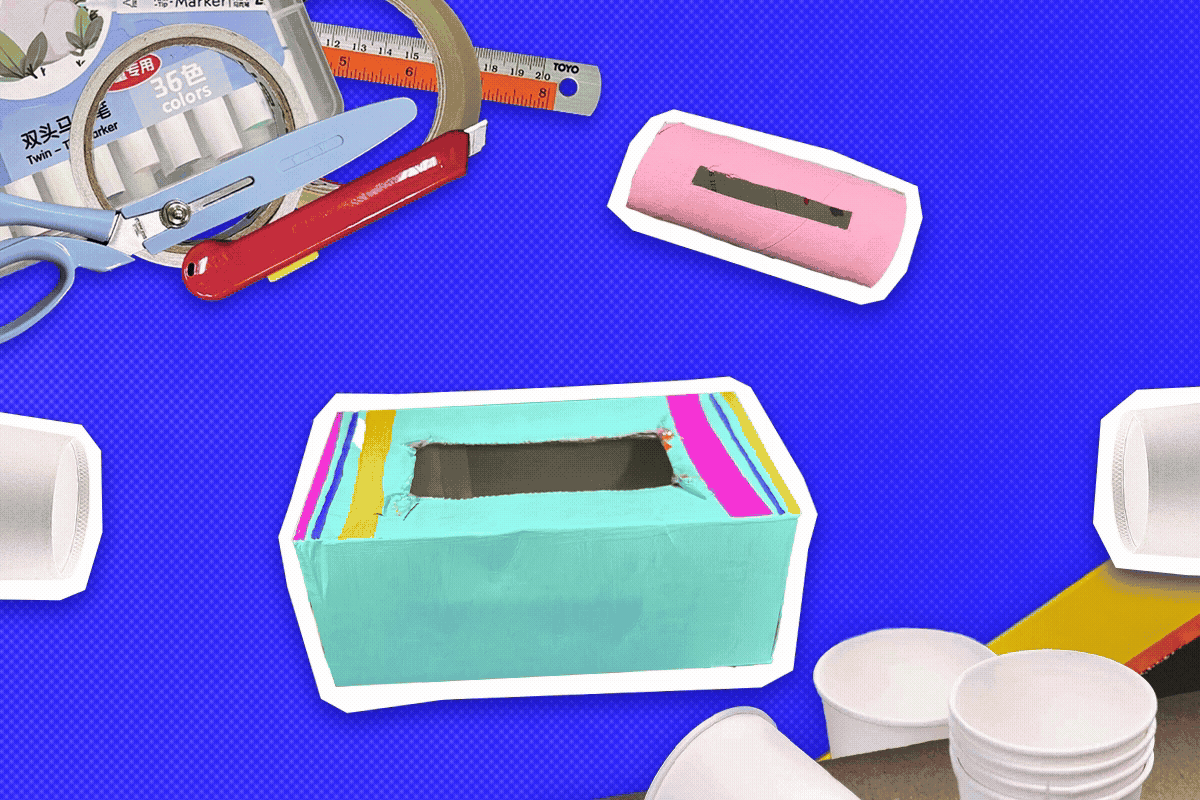
Animation credit: Ai Xin Qin
At first glance, that empty tissue box might be destined for the bin. But with a little imagination, it becomes the heart of a science-powered project that brings together hands-on play and a deeper understanding of sound.
We tried building a DIY acoustic speaker using repurposed household items. It’s perfect for kids aged 4 and up, with a little help from a parent or older sibling, and teaches basic science concepts while keeping waste out of the landfill. A win-win!
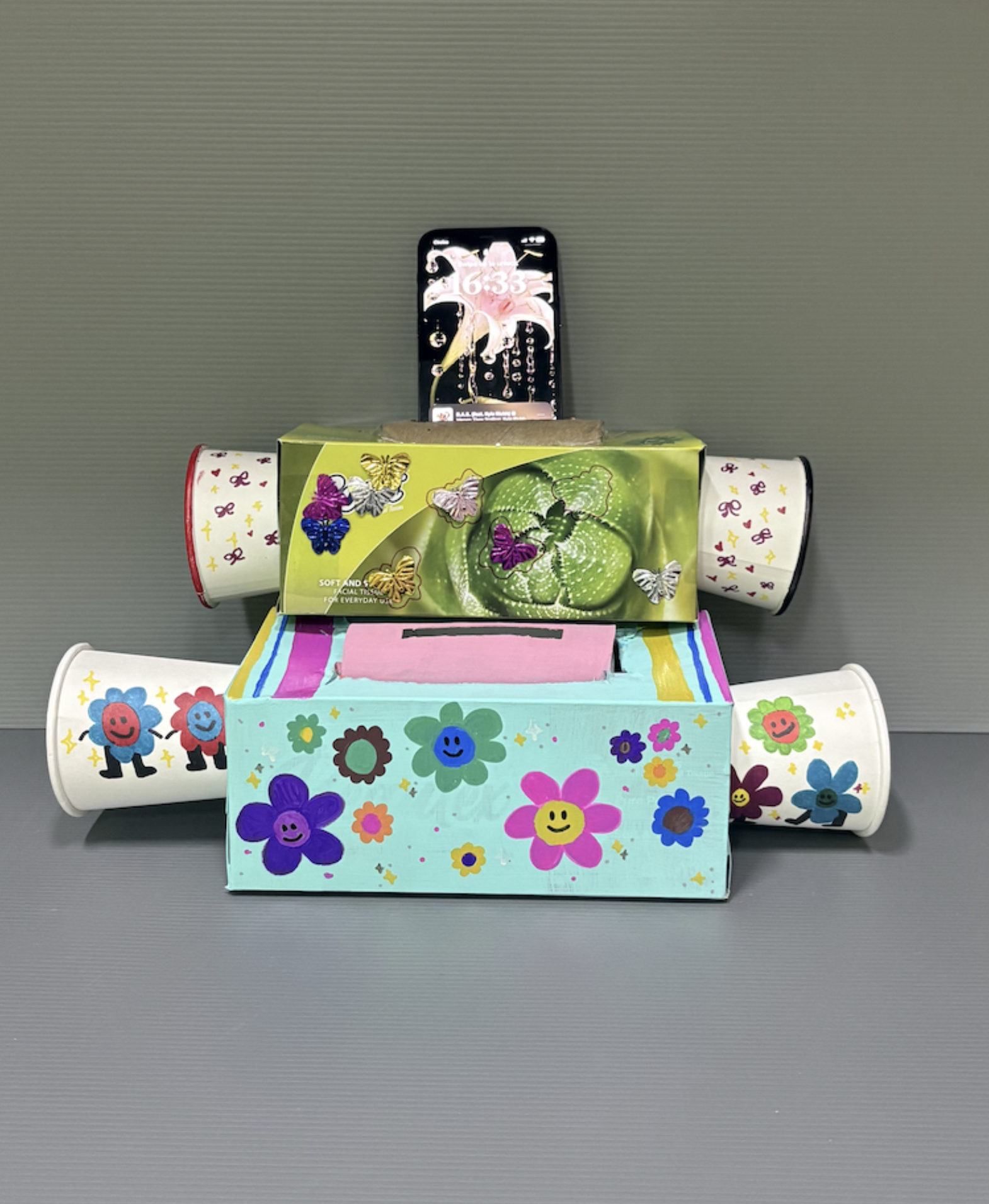
Photo credit: Syahirah Afiqah and Syazwani Hameed | KidsSTOP™
Why Upcycling is Awesome
We often hear about “Reduce, Reuse, Recycle”, but what about Upcycle?
Upcycling means turning something old or unwanted into something useful, creative, or fun, just like our DIY speaker! It’s not just good for the planet, it’s great for curious minds too!
Here are some examples of items or trash being repurposed!
-
Milk Carton Repurposed as a Pot for Plants
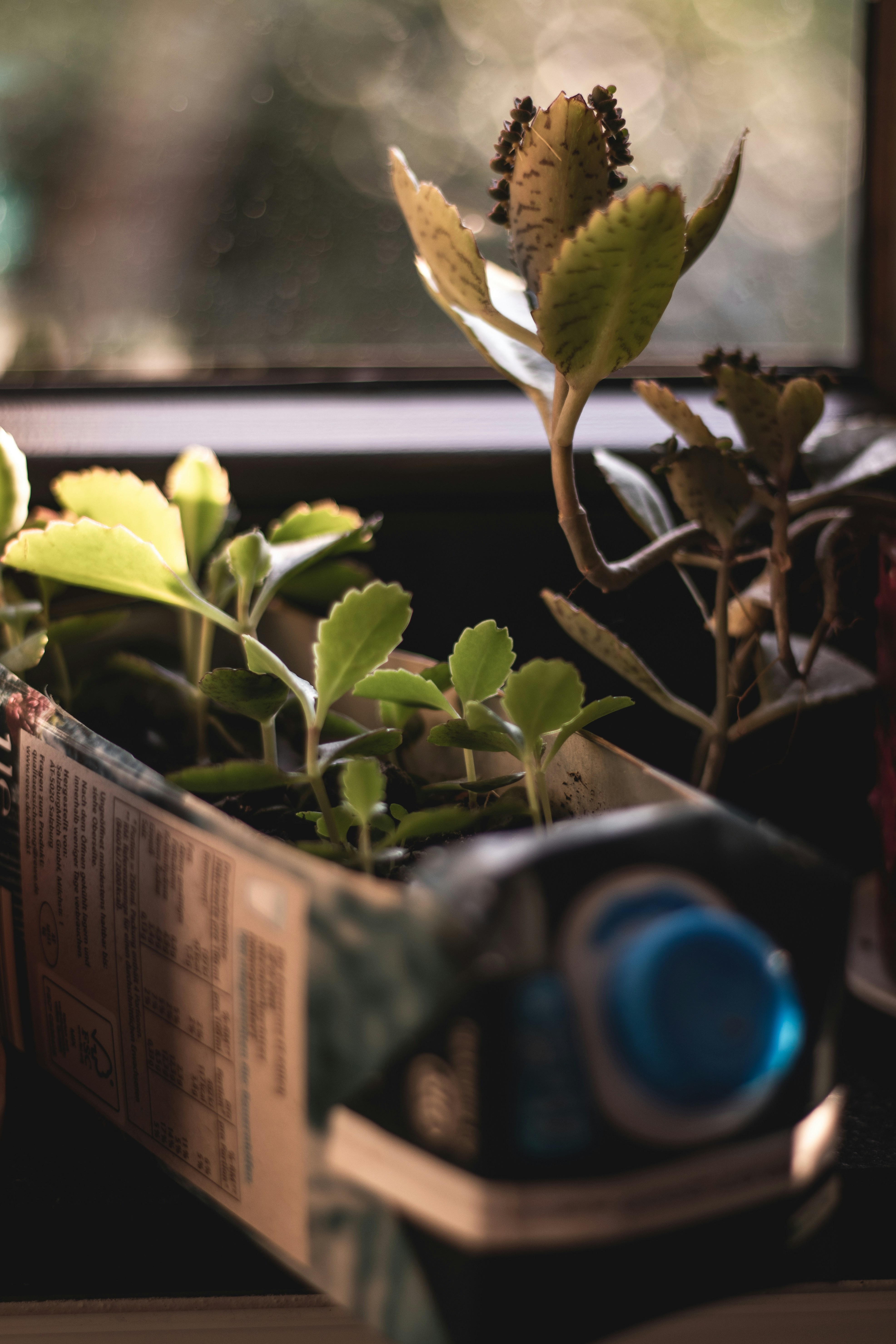
Photo Credit: Noah Eleazar | Unsplash
-
DIY No-Sew Tote from an Old T-Shirt
Check out this handy 1-minute tutorial from KidsSTOP™'s animated children's series Pepper & Friends to find out how to repurpose old shirts into reuseable bags.
Here’s why:
-
🗑️ Less waste: We keep materials out of the trash and reduce pollution.
-
💡 More creativity: Kids learn that they don’t need new toys to have fun—they can make their own!
-
🌱 Caring for the Earth: It starts conversations about making thoughtful choices and protecting our environment.
-
💰 Budget-friendly fun: No fancy materials needed—just things lying around the house!
Upcycling is not just about reducing waste, it is about unlocking new possibilities. Across Singapore, even food packaging is getting a second life, thanks to creative initiatives that turn used materials into useful items like coasters and containers. (Curious to see how Singapore’s food packaging waste is being upcycled into something new? Read more here!)
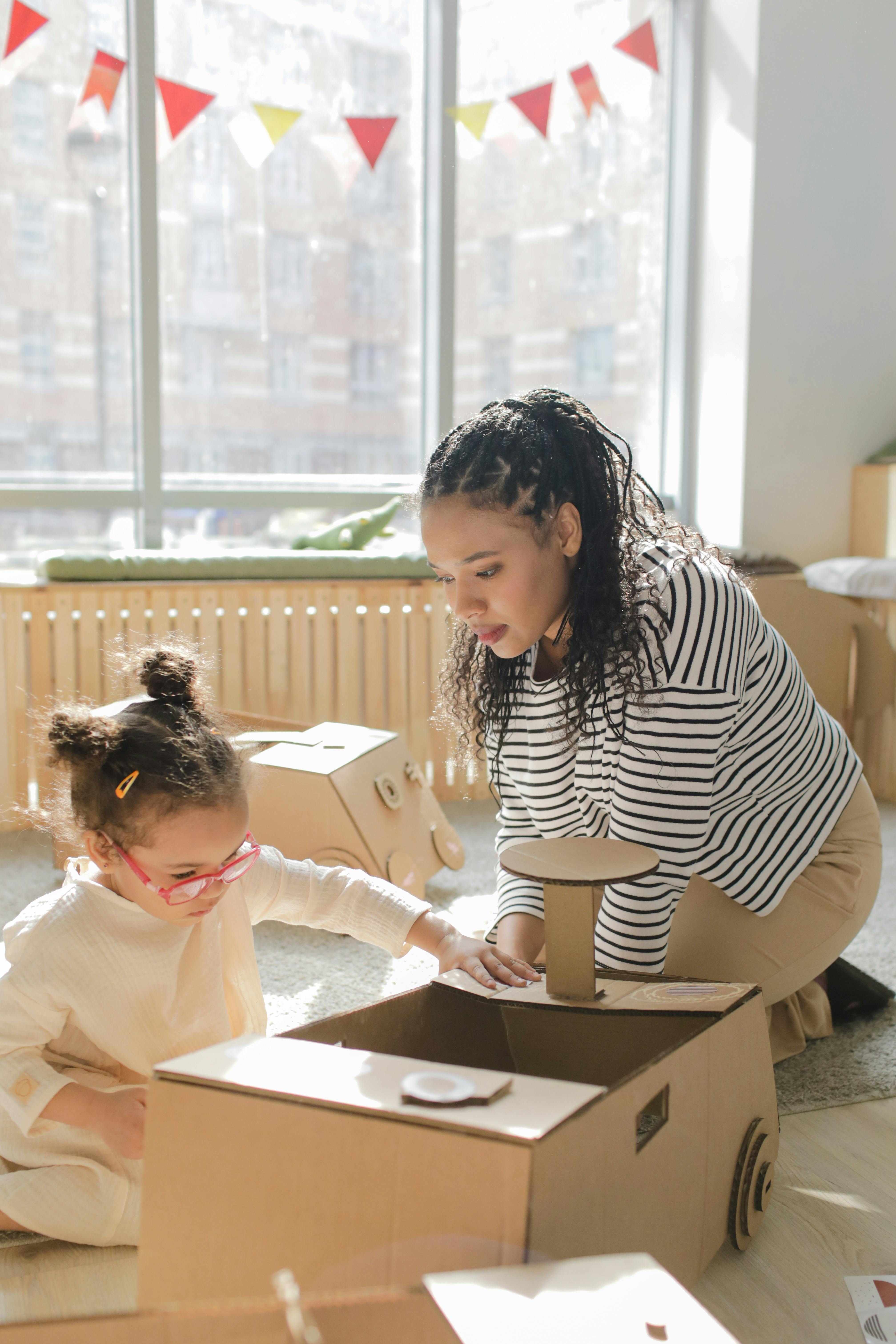
Photo credit: Ron Lach | Pexels
However, it does not stop there. Upcycling is also happening in our schools where kindness, creativity and sustainability meet. Children are transforming trash into toys, learning empathy along the way and entire school communities are giving new purpose to old belongings. Through creative storytelling, children learn more about kindness through the upcycling activities done with their friends. (Click this link to read more on how children learn all about being kind while transforming trash into toys.)
In another inspiring example, Changkat Primary School upcycled 2000 old uniforms into thoughtful keepsakes to celebrate its 60th anniversary. With help from parents, pupils and volunteers, the project tackled the issue that 86% of school uniforms end up as waste. One example includes uniforms being repurposed as paint brush holders, auctioned to benefit the school’s parents’ support group. (Read more about how this school gave 2000 old uniforms a second life.)
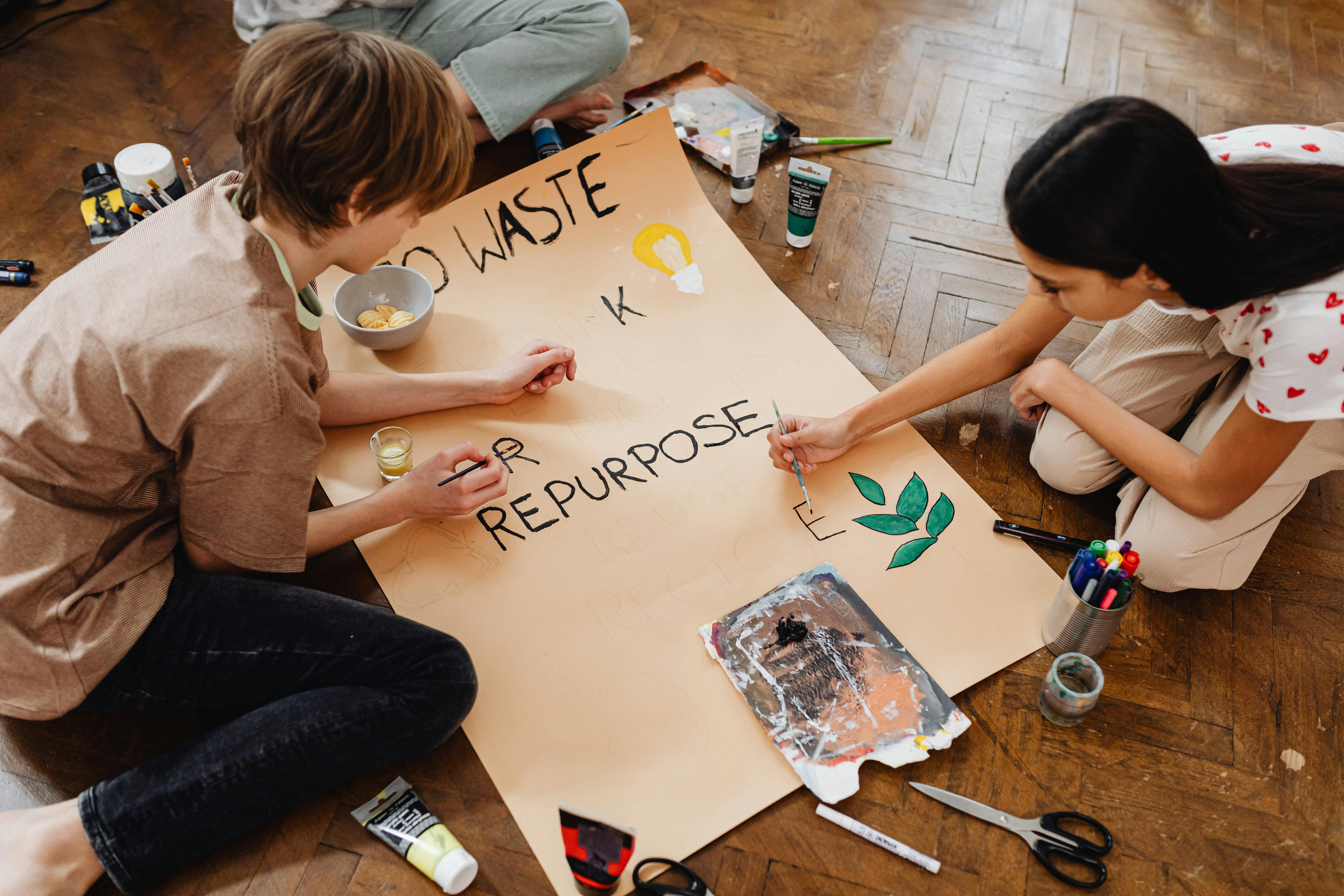
Photo Credit: kaboompics | Pexels
From upcycled school uniforms to DIY speakers, these creative efforts show that science and sustainability can go hand in hand and start right at home. Upcycling does not just reduce waste, it encourages curiosity, problem-solving and care for the world around us. Whether it is turning cardboard into toys or giving old clothes a new purpose, everyday materials hold the potential for extraordinary learning.
Want to explore more hands-on science in action? Visit the Everyday Science exhibition at Science Centre Singapore and see how ordinary objects can spark extraordinary ideas!
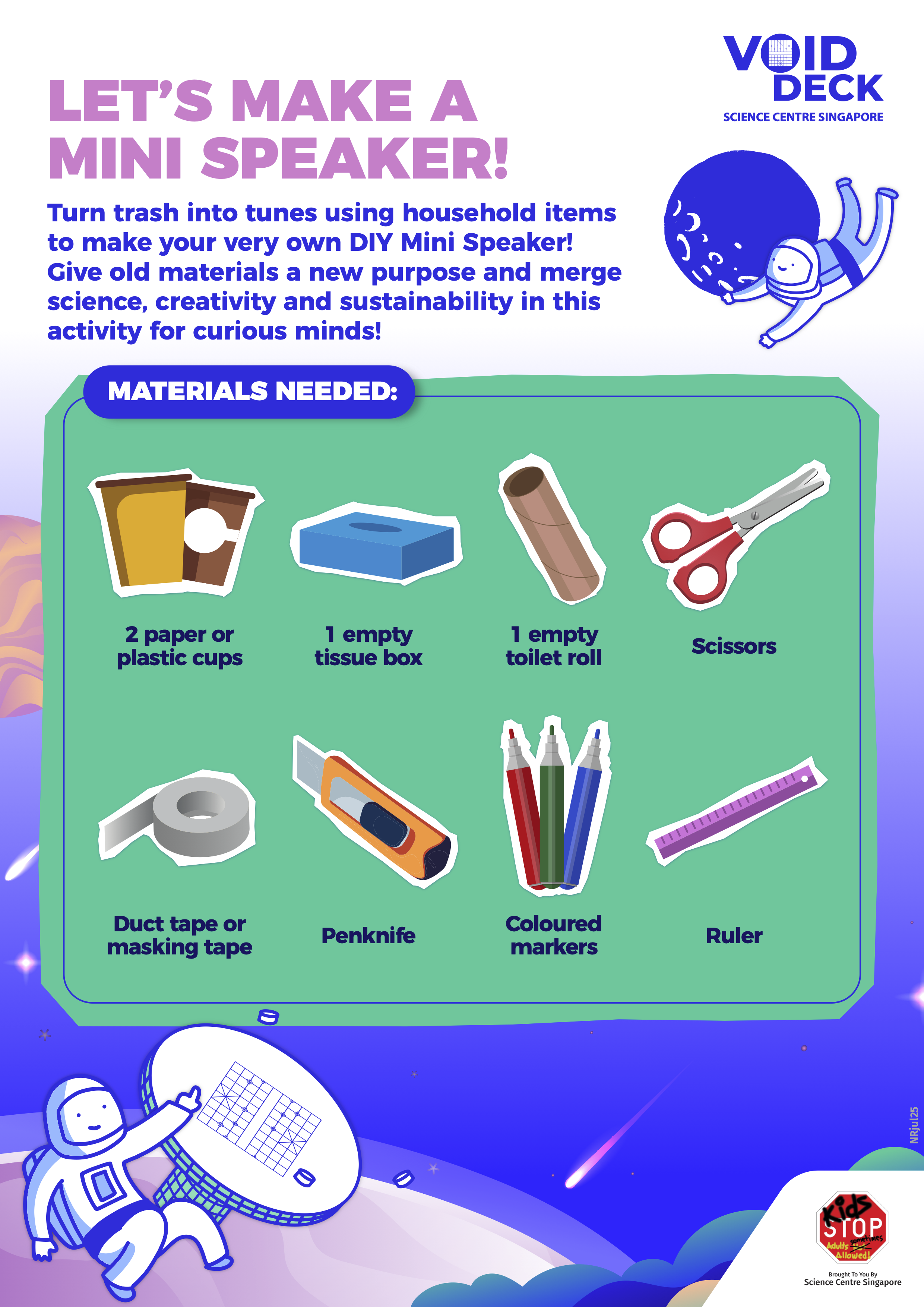
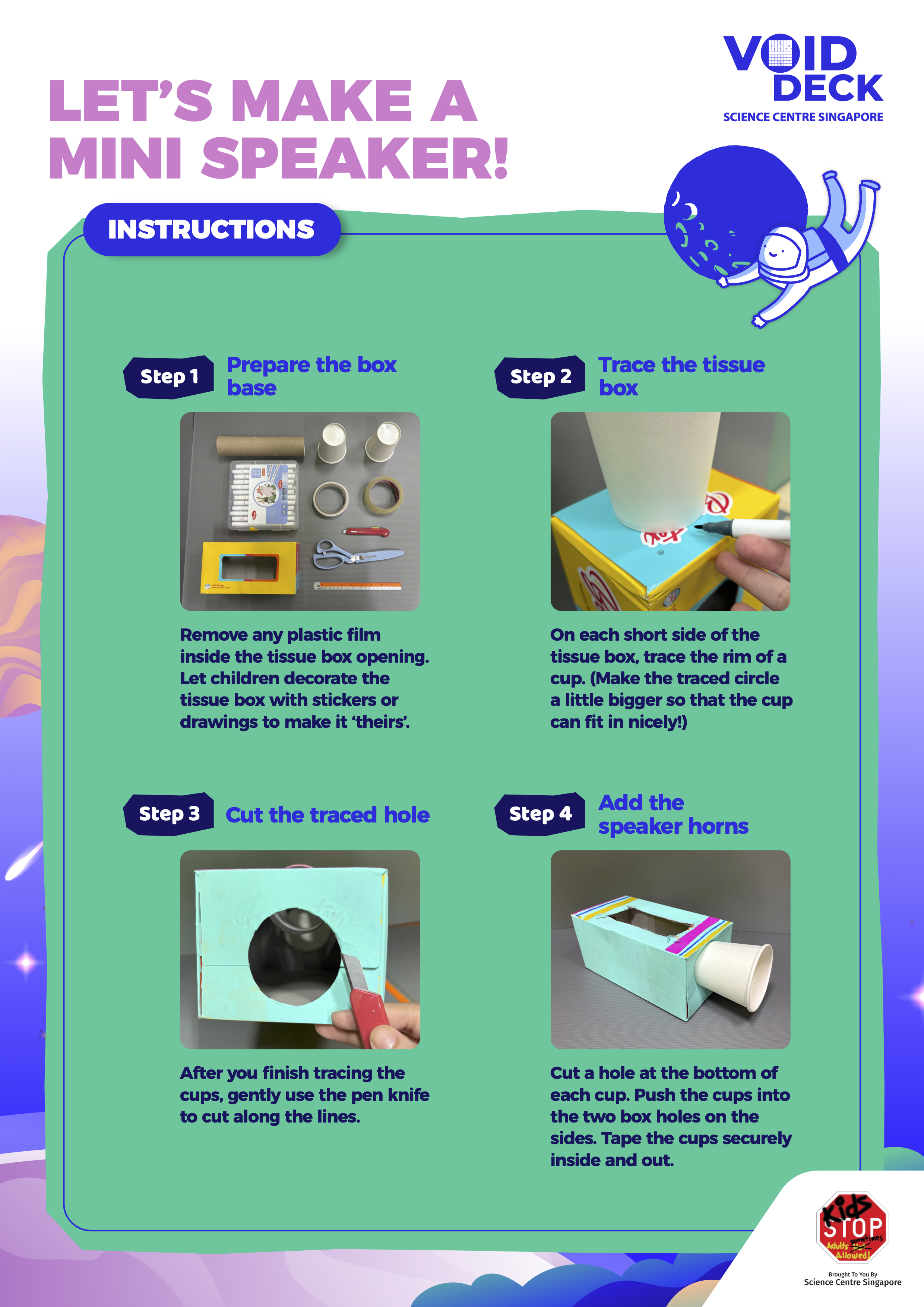
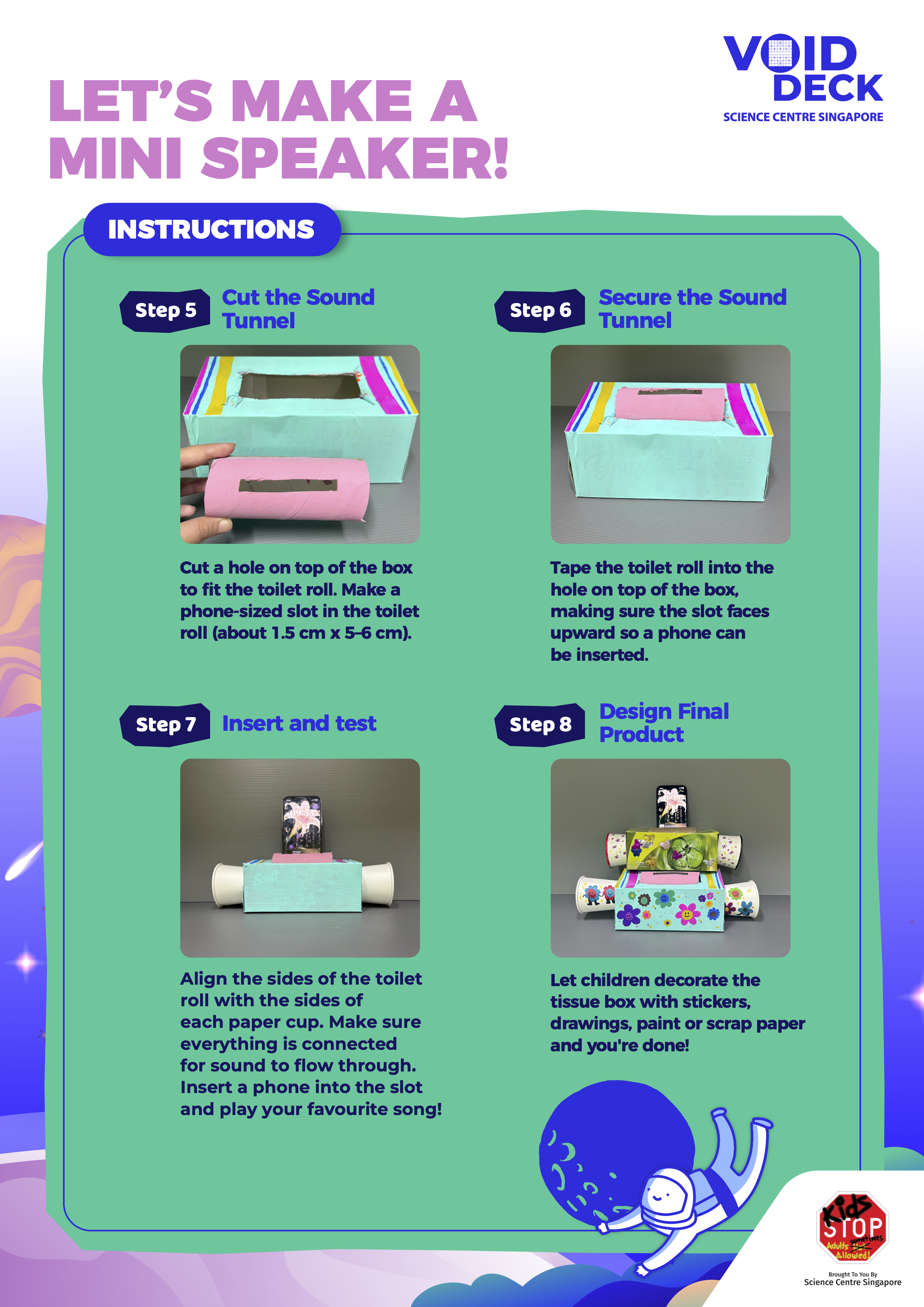
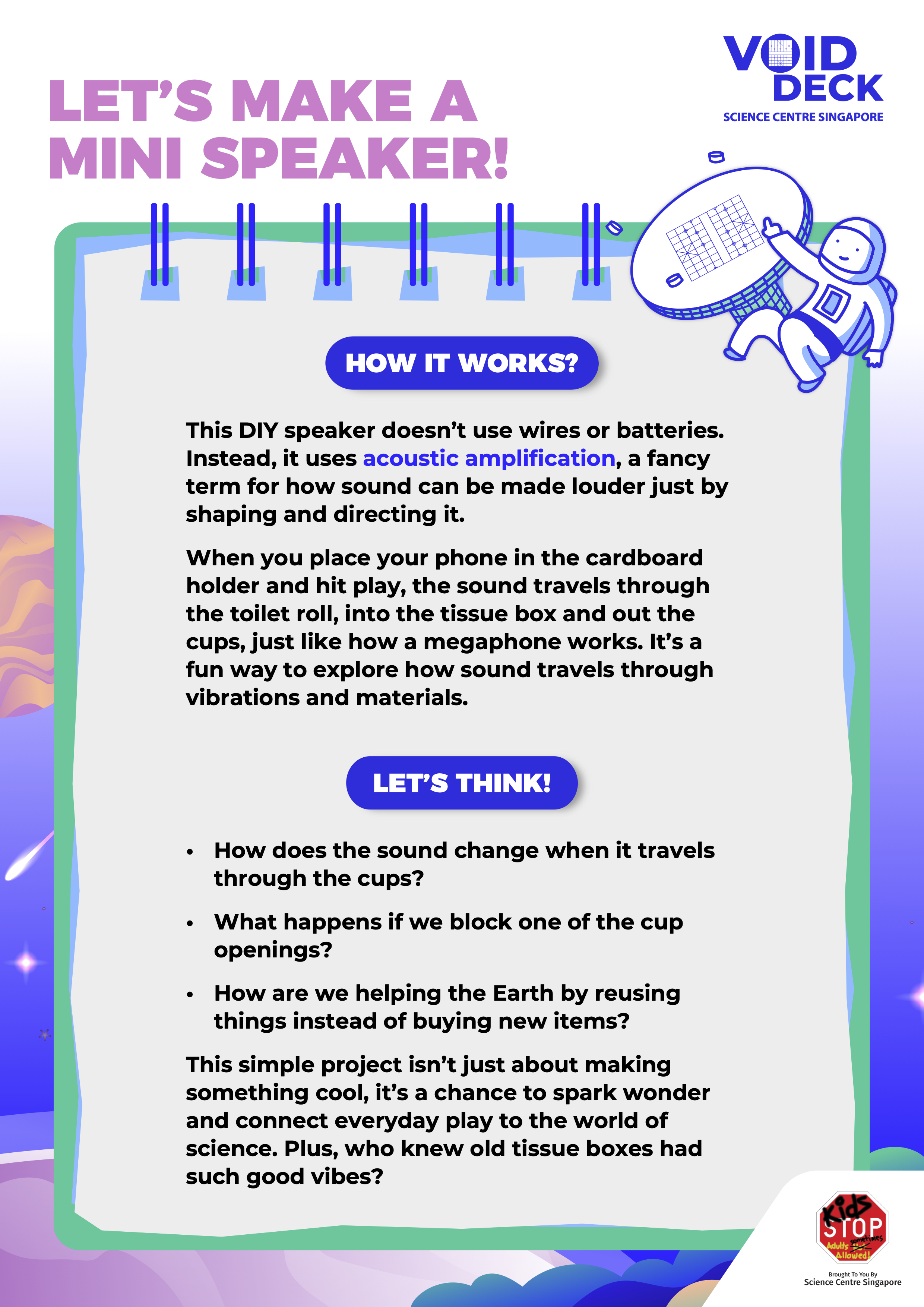
Click on the link below to download a printable version of the activity sheet.
Written by Sofia Mohamed Khanafie, Syahirah Afiqah, and Syazwani Hameed
Published 31 July 2025

